
The Khakassky Reserve represents the stunning world of Khakassia and is located in southern Siberia. The Reserve employees guard as many as nine areas including seven steppe areas and two ones of the mountain taiga (thick wood). In addition, the protected area includes the Pozarym Reserve that is a realm of Nature - dense taiga forest and the highest peaks of the Western Sayan Mountains, rapid mountain rivers and pristine lakes.
However, the Khakassy Reserve is not only magnificent nature. Here, you can get acquainted with the ancient culture of Siberia. Since ancient times, Khakassia has attracted the people of various cultures, and each local people left behind unique traces like petroglyphs, fortress walls, burial grounds, ritual structures. More than 1,000 cultural monuments of various eras were discovered in the small Oglakhty natural landmark on the banks of the Yenisei River.
This site is in the preliminary list of the UNESCO World Heritage Center and recognized as a candidate for being included in the main list.
Viktor Nepomnyashchy, director of the Khakassky Nature Reserve, head of the Committee on Ecological Tourism of the Russian Union of Tourism Industry, talks about all this, as well as about combining the efforts of the environmental organizations and tour operators.
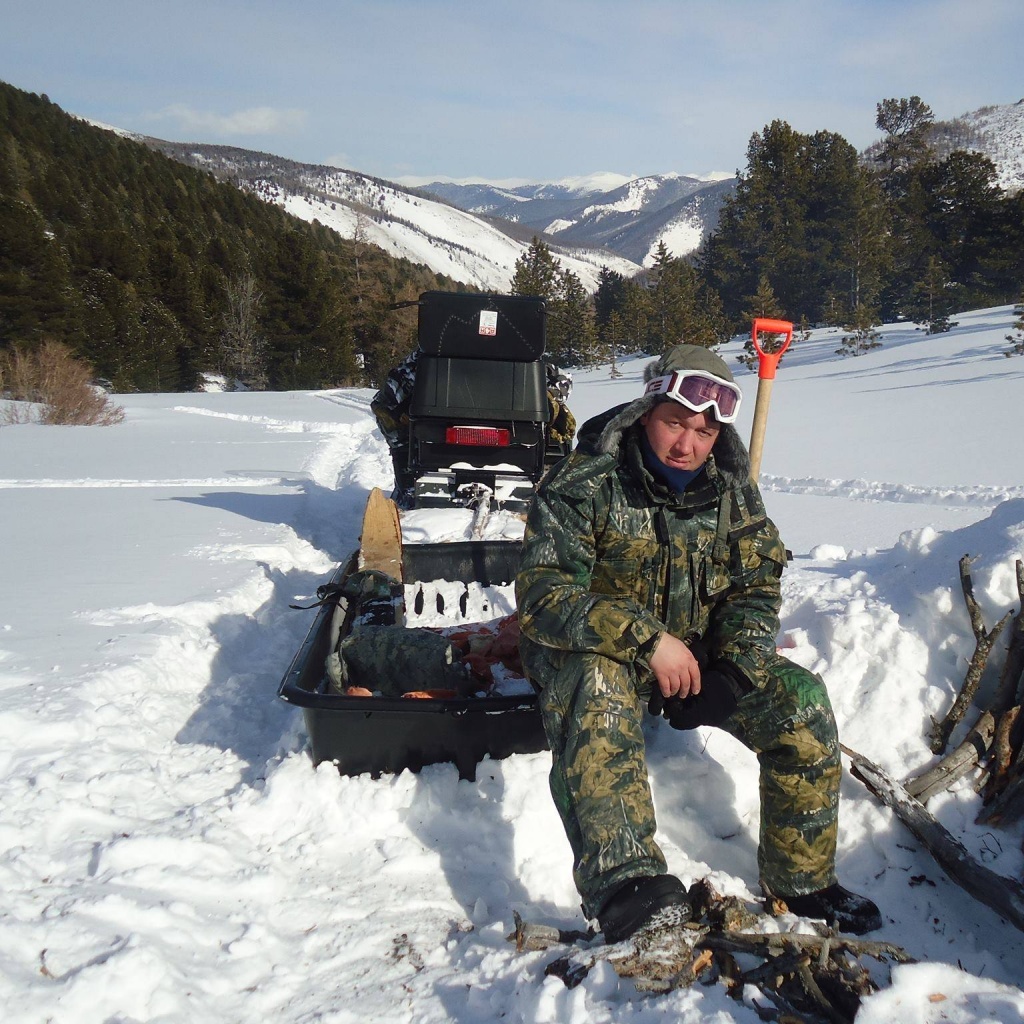
- The Khakassky Reserve was created in 1999 on the basis of the Chazy and Maly Abakan Reserves that were restructured. The Reserve is very unusual as it is of a cluster type and includes 7 small steppe areas and 2 larger mountain taiga ones scattered in five districts of Khakassia. On the one hand, this is very good, because, as a rule, reserves are formed in places with rare flora and fauna, in the most significant conservation areas. In fact, the Khakassky Reserve consists of 9 smaller reserves and each of them is special. On the other hand, it is much more difficult to manage this Reserve, especially since the Pozarym Reserve established in 2011 and transferred to the Khakassky Reserve has also been added to their number. In the south, the Reserve borders on the Ubsunursk Hollow and the Altaisky Nature Reserve, part of which - where the famous Lykovs’ Zaimki (an isolated piece of arable land) is located - was joined to the Khaskassky Nature Reserve in 2001. As a result, our total protected area reached half a million hectares.

- What should the guests of the Reserve focus on when visiting such different clusters?
- In the steppe and forest-steppe areas, special attention is paid to the protection of the habitats of waterfowl and birds of prey such as demoiselle cranes (Anthropoides virgo) and the maintenance of steppe ecosystems. This area has the best places for bird-watching where you can see, for example, absolutely stunning, probably the most beautiful demoiselle cranes. They fascinate even the employees of the Reserve, and I have, for example, over 2,000 photos of these birds. They allow people to come close to them and they form inseparable pairs. These cranes are listed in the Red Book, and thanks to the efforts of the Reserve together with the Russian Academy of Sciences, their population has been steadily recovering in recent years. There is also a huge number of birds of prey in Khakassia: the tourist can enjoy watching the saker falcons (Falco cherrug), peregrine falcons (Falco peregrinus), steppe eagles (Aquila rapax), imperial eagles (aquila heliacal), and upland buzzards (Buteo hemilasius). This is due to the excellent food supply for them as we have a lot of ground squirrels (Citellus). Despite the fact that birds are predatory, they are quite friendly and fearless, they can be watched at a close distance and always look impressive and amazing in photographs.
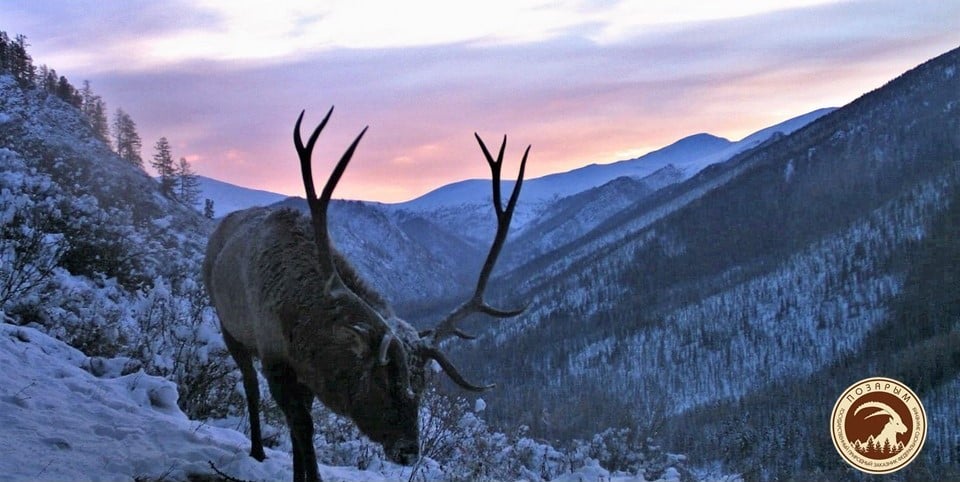
It is also worth taking a closer look at the local vegetation. According to experts, the flora of the Khakass steppes retained its uniqueness despite the large-scale economic development of these areas. Here, the relict and endemic plants found in this area thousands of years ago grow well today, too.

And finally, you can get acquainted with the ancient culture of Siberia. From time immemorial, Khakassia attracted the people of various cultures, its land has not been empty in any period of the human history. It was in the Minusinsk Hollow that the development of Khakassia took place, as well as the mixing of a variety of cultures.
Therefore, all the most significant historical sites are located here including burial grounds, mounds, the remains of fortified settlements and ancient ritual structures.
In the mountain taiga, however, our activity is focused on the preservation of the Siberian cedar (Pinus sibirica) woodlands, the study of rare animals such as the Siberian ibex (Capra sibirica), musk deer (genus), reindeer (Rangifer) and increasing their number. They can also be watched while walking along ecological paths near salt licks.
We have done a great job to gain international recognition, and our efforts were not in vain. In 2017, the Khakassky Reserve received the status of a biosphere one and was included in the world network of the UNESCO biosphere reserves.
- And how is Agafya Lykova going on today? The story of an Old Ritualists family who left to live in the taiga almost a hundred years ago and discovered in 1978 during an aerial geological survey in the very upper reaches of the Abakan River is still of great interest.
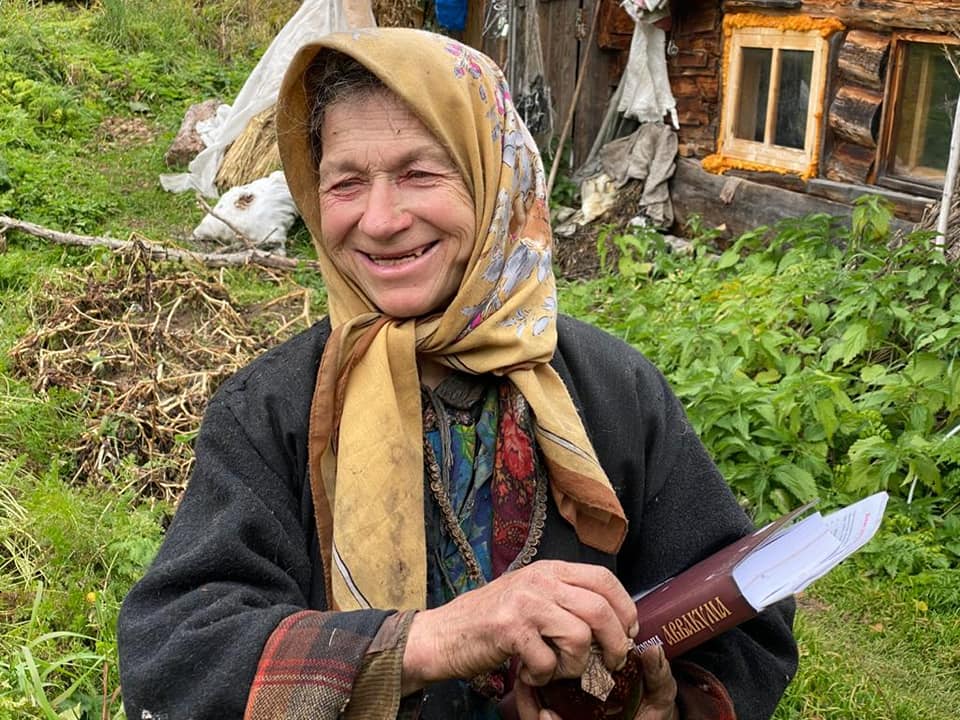
- Now, 76-year-old Agafya and her house located deep in taiga forest are under the protection of the Khakassky Reserve. She grows carrots, turnips, potatoes, chickens and raises goats, keeps on fishing in the river. When people bring some things and food to her she takes only flour, cereals and salt as a gift, she bakes bread on her own.
Our security officers regularly visit her and help her do some housework and bring some things she requires. At the beginning of December last year, with the support of an industrialist Oleg Deripaska, the construction of a new house for this taiga hermit began.
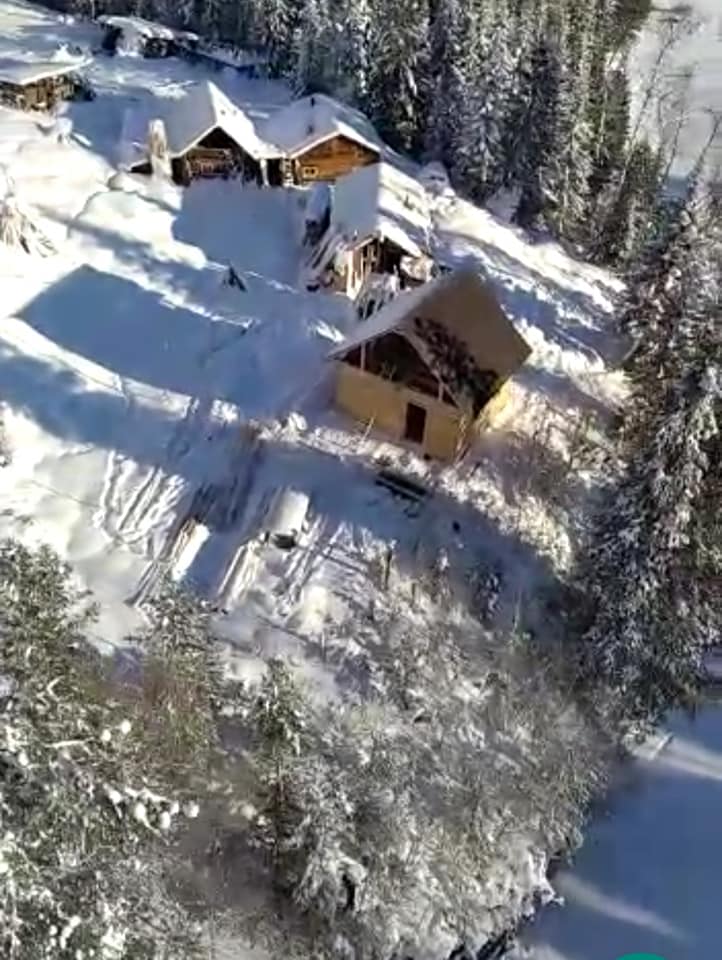
The Lykovs’ Zaimka is remote, so the delivery of lumber was most difficult. To shorten the house construction time on the site, the house was first built in the town of Abakan, the logs were numbered and then the house was dismantled. Then, three trucks and a tractor were used to transport the dismantled house to a recreation centre near the Ada River, 250 km from the place where Agafya lives. From there, the numbered logs were delivered by airboats to the Lykovs’ Zaimka, which required twenty flights, each bringing a tonne and a half of cargo.
The main construction work to make this new house has been already completed. The roof of the house was made, it needs only to install windows and finish the interior decoration.

- What results achieved last year can you boast of?
- Well, first, we can be proud of our effective work of the Reserve’s protection department. According to the state assignment, we have guided the tourists in hiking tours (over 20 thousand km), horse-riding tours along the horse trails (3,500 km), and also in the tours by water (60 thousand km), and we completed 10 flight hours of air patrolling. 233 administrative cases of violations were initiated, 188 fines were issued for a total of 579 thousand roubles. Also, a new patrol route ‘Lykovs’ Zaimka’ was made.
The tourism department continues to develop and improve. This week, a new excursion across the starry sky was added to the Pozarym Reserve’s excursion programme. In the next tourist season, our visitors will have the opportunity to admire the objects of the near space as the sky here is incredibly clear thanks to the crystal-clear air and the absence of city lights.
Also in 2020, the Khakassky Reserve was included in 15 pilot special protected natural areas for the implementation of the programme of the effective waste management in the special protected natural areas of federal significance. The Reserve purchased 40 containers for separating waste, garbage bags and 10 metal nets for collecting plastic waste. The total cost was over 700,000 roubles. In 2020, the share of processed solid waste was 60% of the total waste.

The project for the implementation of separate waste collection at the Federal State Budgetary Institution ‘Khakassky State Reserve’ became the winner of the 2d All-Russian Competition ‘Reliable Partner - Ecology’ in the nomination ‘The Best Project for the Effective Management of Solid Waste’.
- What was the impact of the pandemic?
- Of course, it had a negative impact on the development of both inbound and domestic tourism. The tourist season started 2 months later than usual, with a decrease in the number of visitors in 2020 by almost 40% compared to last year. However, despite this, the management decisions made at the beginning of the year, and the dedicated work of the staff of the tourism department allowed to smooth the situation and maintain the level of the off-budget revenues.
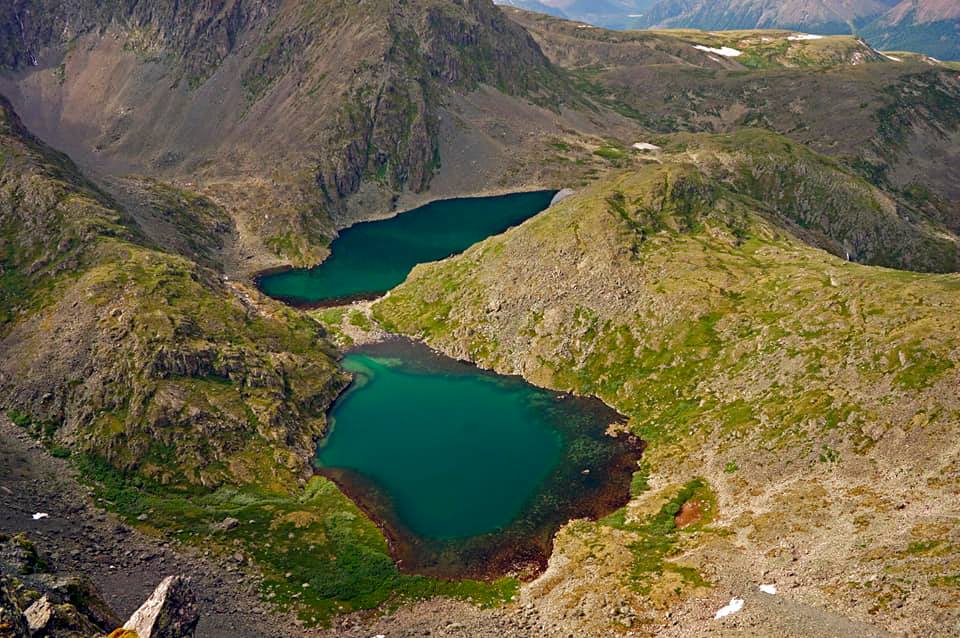
The reorientation of the country towards the development of domestic tourism and participation in the All-Russian competition for the creation of tourist and recreational clusters and the development of ecotourism in Russia allowed us to create the Gorny Shopping and Entertainment Centre. It was one of the most difficult projects as it required 6 months of work of the multi-disciplinary project team; 3 training modules; 3 successful preliminary critical design reviews; more than 50 meetings, presentations, and other events within the framework of the Competition.
One of the results of this project is attracting investors to the Shopping and Entertainment Centre. A huge amount of work has been done to form and promote the investment sites for the development of ecological tourism in the Pozarym Reserve. At the moment, work is underway to sign a Memorandum of Understanding with one of the investors.
Another important aspect of this work is that the entrepreneurs operating at the Gorny Shopping and Entertainment Centre received two federal grants for the tourism development.
We are glad about two sensations in the biological sphere: a rare manul cat (Felis manul) was listed in the Red Books of the Russian Federation and the Republic of Khakassia, it was registered by a trail camera in the Pozarym Reserve, and the Lingzhi mushroom (Ganoderma lucidum) species was added to the list of mushrooms.
- In October 2020, the Committee for Ecological Tourism of the Russian Union of Tourism Industry was established, which you headed. What is your opinion about the prospects for the co-operation between the environmental organizations and representatives of the tourism industry?
- The idea of establishing the Committee belongs to the directors of the Russian Special Protected Natural Areas (SPNAs). For a long time, we have been looking for a professional platform to discuss the ecological tourism issues we face in the special protected natural areas. Let me give you an example: 5-7 years ago, I spent 10% of my time to solve the ecotourism issues, and it is 60-70% today. And although recently, the attention to the ecological tourism has been quite large, unfortunately, there is practically no understanding of the specifics of this type of tourist activity.
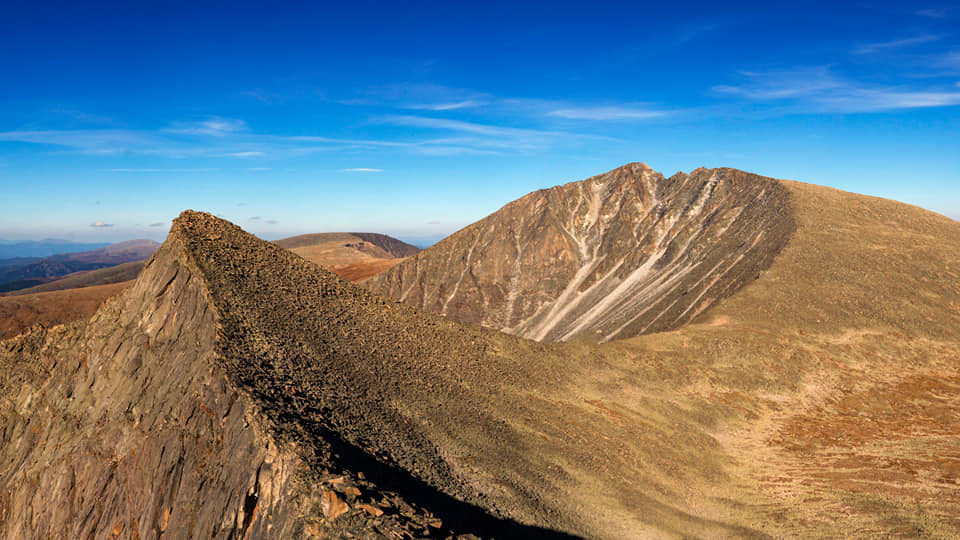
We appeal to the Russian Union of Tourism and its leadership gave us their support. The main tasks of the Committee are to contribute in the development of ecological tourism in the federal and regional SPNAs, interact with the government authorities, business and public organizations, render assistance in the certification of excursion programmes, trails, routes, accommodation facilities, as well as to help in the professional growth of the specialists, assist in the development of standards for ecological tourism, help in creating and promoting the relevant tourism products and improving the regulatory framework.
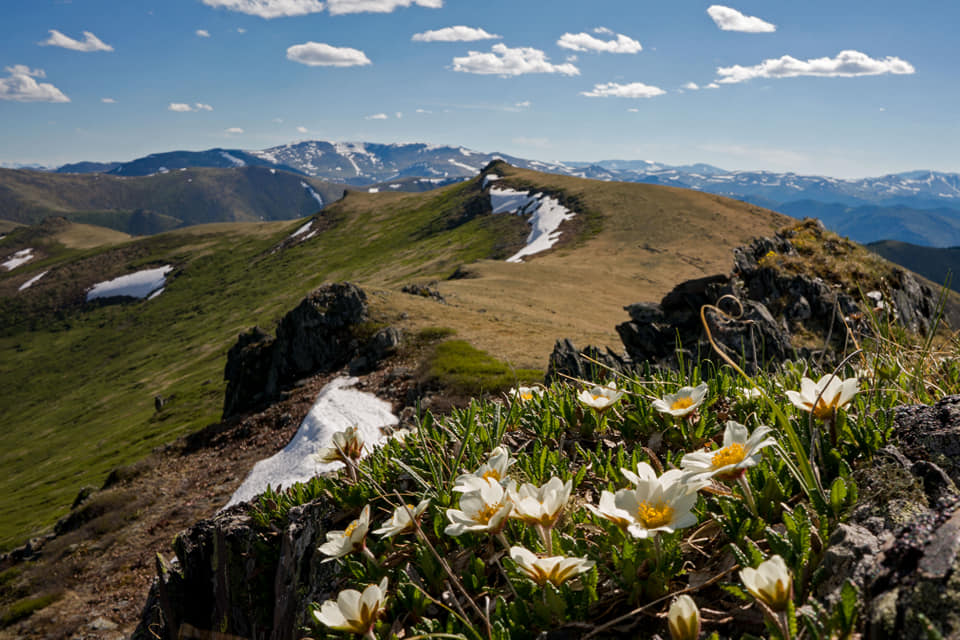
The Committee is open to a dialogue and co-operation with the tourism industry. Previously, I have not seen any ways of interaction between the SPNAs and Russian Federal Agency for Tourism. The Agency considered us mainly as observers. But even in this role, we showed quite good figures as - according to different calculation methods - the Reserves and National Parks of Russia are visited by about 10 mn people a year. We hope that thanks to the work of the Committee, mutual understanding will be found.
